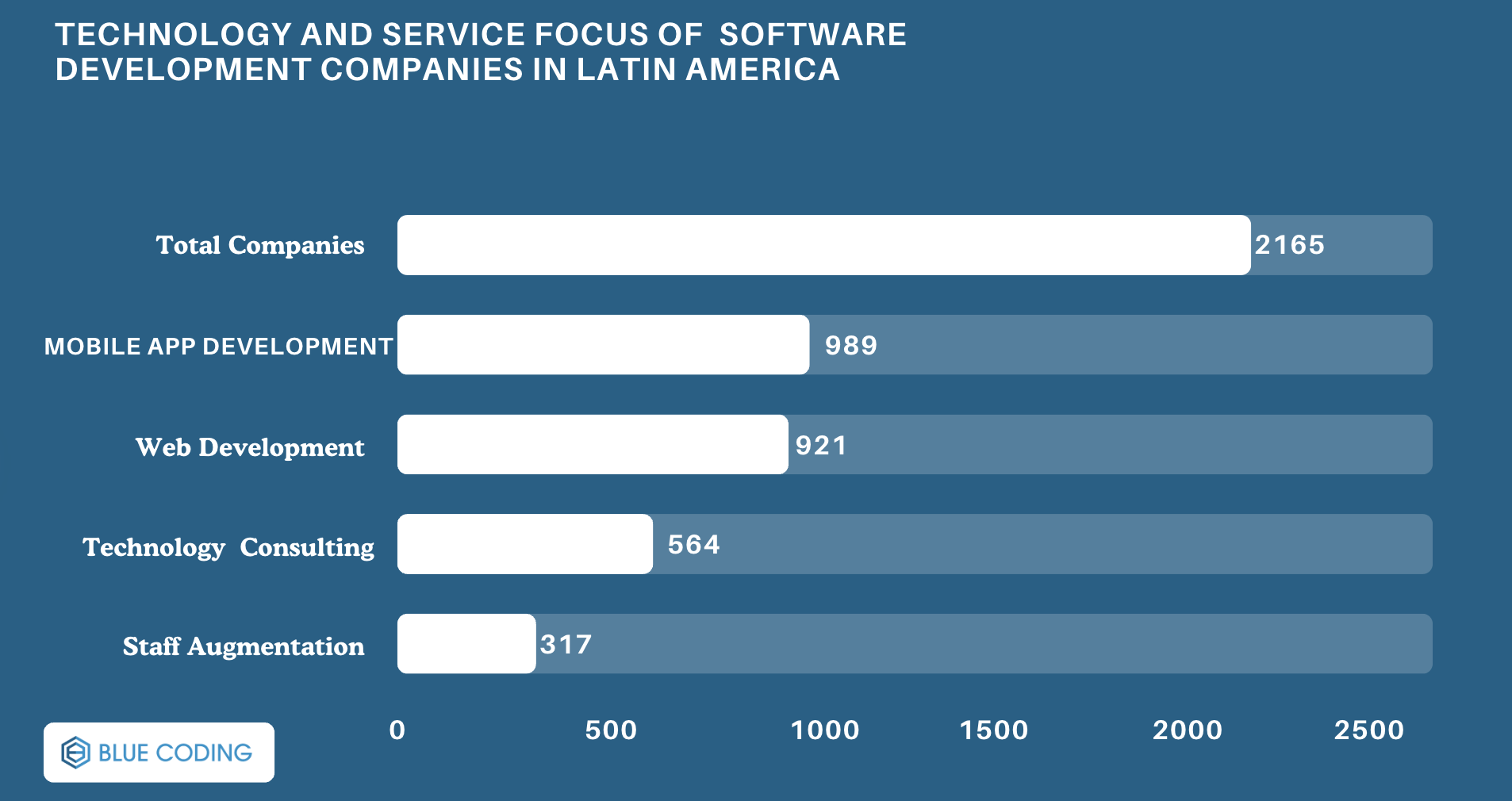 News
News
The Dominican Republic has come a long way in terms of technological growth. In the past, the country’s economy was mainly based on agriculture, tourism, and manufacturing, with very little focus on technology. However, over the years, things started to change. As the internet became more accessible and businesses began adopting digital solutions, the demand for software development grew.
By the early 2000s, more universities and technical institutions introduced computer science and engineering programs, helping to create a new generation of skilled developers. At the same time, international companies started seeing the Dominican Republic as a great place for nearshore outsourcing, thanks to its strategic location, talented workforce, and competitive costs. Today, the country is recognized as a growing tech hub in Latin America, with developers skilled in a variety of programming languages and frameworks. In this article, we’ll explore the most popular tech stacks used in the Dominican Republic and how they are shaping the future of software development in the region.
Understanding How Tech Stacks Shape Development
A tech stack is the combination of technologies, tools, and programming languages that developers use to build a software product. It includes both the front end (the part users interact with) and the back end (the server, database, and logic that powers the app). The choice of a tech stack influences how an application performs, scales, and integrates with other systems.
In the Dominican Republic, developers carefully select their tech stacks based on project needs, client requirements, and industry trends. Some stacks are favored for web development, while others shine in mobile apps, enterprise software, or AI-driven applications. Let’s take a look at the most popular tech stacks in the country today.

1. Vue.js and Laravel
Vue.js is a progressive JavaScript framework that is gaining traction in the Dominican Republic for front-end development. It’s lightweight, easy to learn, and provides flexibility in building user-friendly web applications. Unlike bulkier frameworks, Vue.js allows developers to create dynamic interfaces with smooth performance.
On the backend, Laravel, a PHP framework, complements Vue.js perfectly. Laravel simplifies web application development by handling authentication, routing, and database management efficiently. Together, Vue.js and Laravel provide a powerful full-stack solution that is especially popular among startups and small businesses in the country.
2. Golang with Gin Framework
Golang is a relatively new but highly efficient programming language that is making waves in the Dominican software industry. It is particularly valued for its speed and ability to handle concurrent operations, making it an excellent choice for cloud-based applications and large-scale web platforms. Developers often pair Go with the Gin framework, which is designed for building web applications quickly and with minimal overhead. This tech stack is commonly used in fintech applications, high-performance APIs, and microservices-based architectures.
3. Flutter for Cross-Platform Mobile Development
Mobile app development is a booming sector in the Dominican Republic, and Flutter has become one of the top choices for building cross-platform apps. Created by Google, Flutter allows developers to write a single codebase that works on both iOS and Android. This saves time and development costs while maintaining high performance and a native-like experience. Flutter’s built-in UI components enable developers to create visually stunning apps, making it a preferred choice for businesses in industries like e-commerce, healthcare, and travel.
4. Kotlin with Ktor for Backend Services
While Java has long been a favorite for Android development, Kotlin is now the dominant language for Android apps in the Dominican Republic. Kotlin is concise, safer, and more modern than Java, making development smoother and reducing the likelihood of bugs. On the back-end, many Kotlin developers use Ktor, a lightweight framework for building APIs and microservices. The combination of Kotlin and Ktor enables seamless integration between mobile apps and server-side functionality, making it ideal for startups and enterprise mobile solutions.
5. Rust with Actix Web
For developers focused on high-performance applications, Rust is an exciting and secure programming language that is gaining traction. Rust is known for its memory safety and speed, making it a great choice for systems programming, blockchain applications, and cybersecurity tools. When paired with Actix Web, a fast and scalable web framework, Rust becomes a powerhouse for building high-performance web applications and backend services. This tech stack is particularly appealing to developers working in industries that require extreme reliability, such as fintech and blockchain startups.
6. Elixir with Phoenix Framework
Elixir is another programming language that is slowly but surely growing in popularity in the Dominican Republic, especially among developers working with real-time applications. Elixir runs on the Erlang VM, which is known for handling massive amounts of concurrent connections without sacrificing performance. Paired with the Phoenix framework, Elixir is widely used for building chat applications, online gaming platforms, and financial transaction systems. Businesses that need high scalability and fault tolerance are increasingly looking toward this tech stack.
7. MEVN Stack (MongoDB, Express.js, Vue.js, Node.js)
The MEVN stack is a variation of the well-known MERN stack, replacing React with Vue.js for the front-end. This stack is popular in the Dominican Republic because Vue.js is seen as simpler to learn compared to React, making it easier for new developers to get started.
MongoDB (a NoSQL database) stores application data efficiently.
Express.js helps developers build lightweight and scalable APIs.
Vue.js enables smooth and responsive user interfaces.
Node.js powers the back-end with its event-driven architecture.
The MEVN stack is often chosen for dynamic web applications, e-commerce platforms, and content management systems.
8. Swift with Vapor for iOS Development
For companies focused on Apple's ecosystem, Swift is the go-to language for iOS app development in the Dominican Republic. It is fast, safe, and optimized for Apple devices, making it the best choice for building high-quality iOS applications. On the back-end, some developers pair Swift with Vapor, a Swift-based web framework that allows seamless integration between iOS apps and cloud services. This combination is commonly used in finance, health tech, and on-demand service apps.
9. Ruby with Hanami Framework
Although Ruby on Rails remains popular, Dominican developers are exploring alternatives like Hanami, a lightweight and modular framework for Ruby. Hanami is known for its speed, minimalism, and memory efficiency, making it a great choice for startups that need scalable applications without the overhead of larger frameworks. Hanami’s architecture allows developers to keep code organized and modular, making applications easier to maintain in the long run. This stack is used in e-commerce solutions, SaaS platforms, and automated business tools.
10. Cloud-Native Development with AWS Lambda
Cloud computing is becoming a major part of software development in the Dominican Republic, and many developers are adopting serverless technologies to improve scalability and reduce infrastructure costs. AWS Lambda allows developers to run code without provisioning or managing servers, making applications more efficient and cost-effective.
This approach is especially useful for:
Event-driven applications (e.g., real-time notifications)
Data processing workflows
Automated scaling applications
By leveraging cloud-native development, Dominican software teams are creating more flexible and resilient applications.
Why the Dominican Republic is a Rising Tech Hub
The growing adoption of diverse tech stacks in the Dominican Republic reflects the country's expanding software industry. Developers here are embracing modern, efficient, and scalable solutions, making the region an attractive destination for companies looking to outsource IT projects. If you're looking to hire skilled developers in the Dominican Republic, Blue Coding can help connect you with top talent. We are a renowned nearshore outsourcing agency that specializes in connecting businesses to the best tech experts throughout LATAM. Contact us today for a free consultation!



